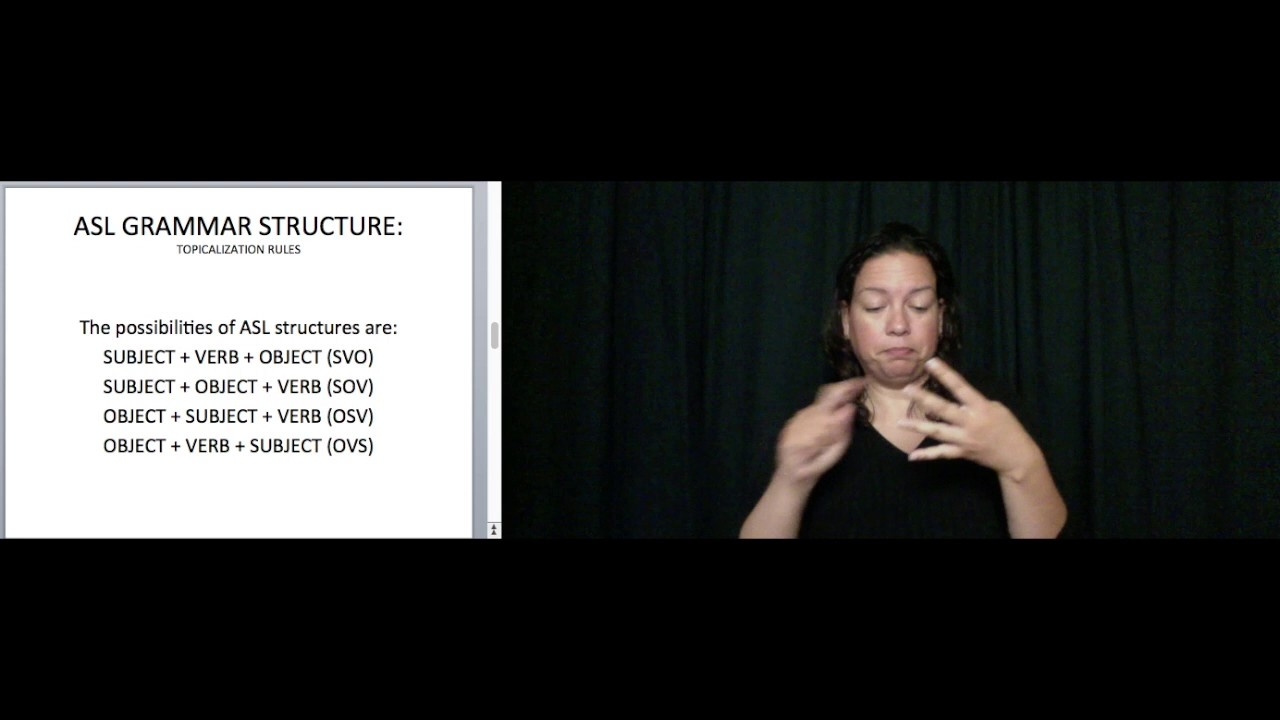American Sign Language (ASL) is a unique and expressive language used by the Deaf and hard of hearing community. Just like any spoken language, ASL has its own set of rules and structure that govern how words and sentences are formed. Understanding ASL grammar is essential for effective communication in this visual language.
One of the key differences between ASL and English grammar is the use of space and facial expressions in ASL. In ASL, the use of space in front of the signer’s body is crucial for indicating subjects, objects, and verbs. Facial expressions also play a significant role in conveying emotions, tone, and emphasis in ASL communication.
ASL Grammar
In ASL, word order is different from English. Instead of following a strict subject-verb-object order, ASL uses a topic-comment structure. This means that the topic of the conversation is introduced first, followed by additional information or comments. For example, instead of saying “I eat apples,” in ASL, you would sign “APPLES, I EAT.”
Another important aspect of ASL grammar is the use of non-manual signals, which include facial expressions, body movements, and head tilts. These signals are used to convey grammatical information such as questions, statements, commands, and emotions. For example, raising your eyebrows while signing a statement turns it into a question in ASL.
ASL also uses classifiers, which are handshapes that represent objects, actions, or locations. Classifiers are used to provide more detailed descriptions in ASL and can convey information such as size, shape, movement, and location. For example, a classifier handshape representing a person walking can be used to describe someone walking down the street.
Overall, understanding ASL grammar is essential for fluent and effective communication in American Sign Language. By mastering the use of space, facial expressions, word order, non-manual signals, and classifiers, signers can convey their thoughts, emotions, and ideas clearly and accurately in this visual language.
In conclusion, ASL grammar may differ from English grammar, but it is a rich and expressive system that allows Deaf and hard of hearing individuals to communicate effectively. By learning and practicing ASL grammar, you can enhance your skills in this unique and beautiful language.
